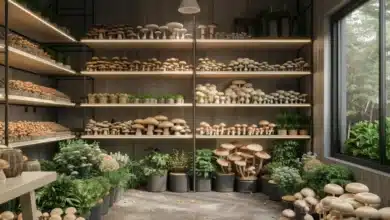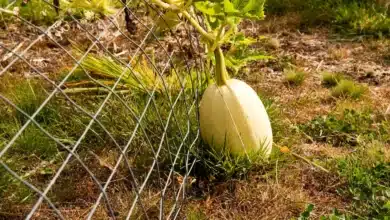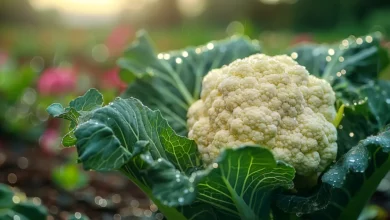My favourite plant in my edible garden is tomatoes! The challenge of supporting them as they grow tall and wild is not something I enjoy. Although I tried everything, nothing looked or worked as well in my garden.
When I began to look for other uses for these incredibly flexible livestock panels, my ah-ha moment occurred. I use them in the garden to support vining crops such as cucumbers and peas. They also keep my goats away from my plants. One of my favourite uses is setting them up on top of beds when planting for a grid template.
Why not also use them to support tomatoes? The ultimate tomato cages are sturdy, tall, wide, rust-resistant, attractive, storeable, long-lasting, and durable.
The farm and tractor supply shops carry livestock panels. Each panel is 16 feet in length and a little over 4 feet wide. These are made from galvanized steel and are very sturdy.
The design of my tomato support system is a result of trial and error. I found the perfect size through this process. These panels can be adapted to any size.
The cage is made to my specifications, and I have some extra pieces that I can use in other parts of the garden. So, you can use the whole panel without wasting any. Although you may think that the $20 price tag for a panel of livestock is a bit high for a tomato cage, the fact that it will last years and have all the excess pieces usable makes me believe this to be a great deal.
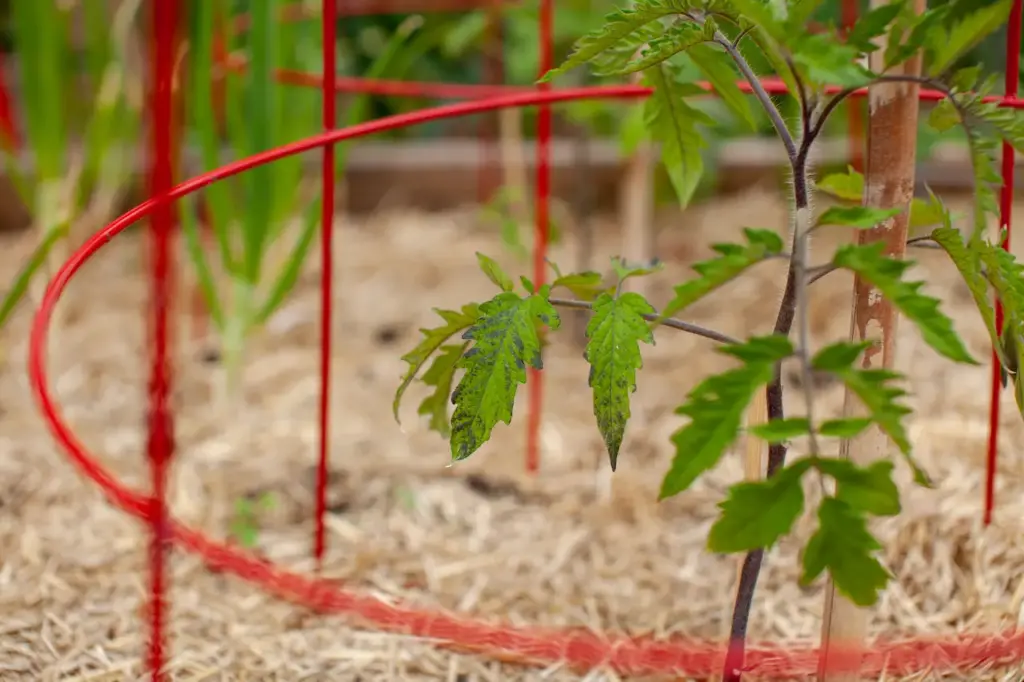
These cages can be made with just two items. Each cage will need one livestock panel (choose the style of panel that has a grid-like pattern about 6 inches in size). Bolt cutters are also required. The pair I bought at Home Depot cost me about $22 and was well worth the money. After a few minutes of cutting, I found that the smaller pair made my palms sore. The larger size is worth the price difference and the one-time cost.
How To Make The Ultimate Tomato Cage?
1. One full panel of livestock can be placed on a flat, level surface. Driveways are ideal. You can use a whole panel. Count across the width until you get six squares. Then cut the remainder, going all the way to the end of the panel.
2. The width of the panel is now 6 squares. I count from the one end to nine squares and cut across just below the horizontal at the bottom of this ninth square.
If I choose this option, then cut away the horizontal pieces one level up at the 8sup>th/sup> square (equivalent to two squares deep) as shown below. If you select this option, cut the horizontal pieces two squares deeper at the 8th square as well.
3. Then I repeat Step 2 starting at the opposite end of the panel, and count nine squares. After cutting across the piece, you will have three pieces remaining. The middle piece has now become a large panel that can be used in many different ways around the garden.
Your cage support will be made up of the two remaining pieces.
4. Place one section under a straight piece of lumber that is at least the same length as the panel. This will allow three squares to be visible against the straight edge. The panel should be facing upwards so that the vertical rib rests against the wood edge. This will serve as a guide and support when you bend the panel up from the outside edge to you until you reach a 90-degree angle.
Repeat the process on the second panel.
5. The loose spikes should be facing upward. Straighten them all out for a few seconds so they will go into the soil evenly.
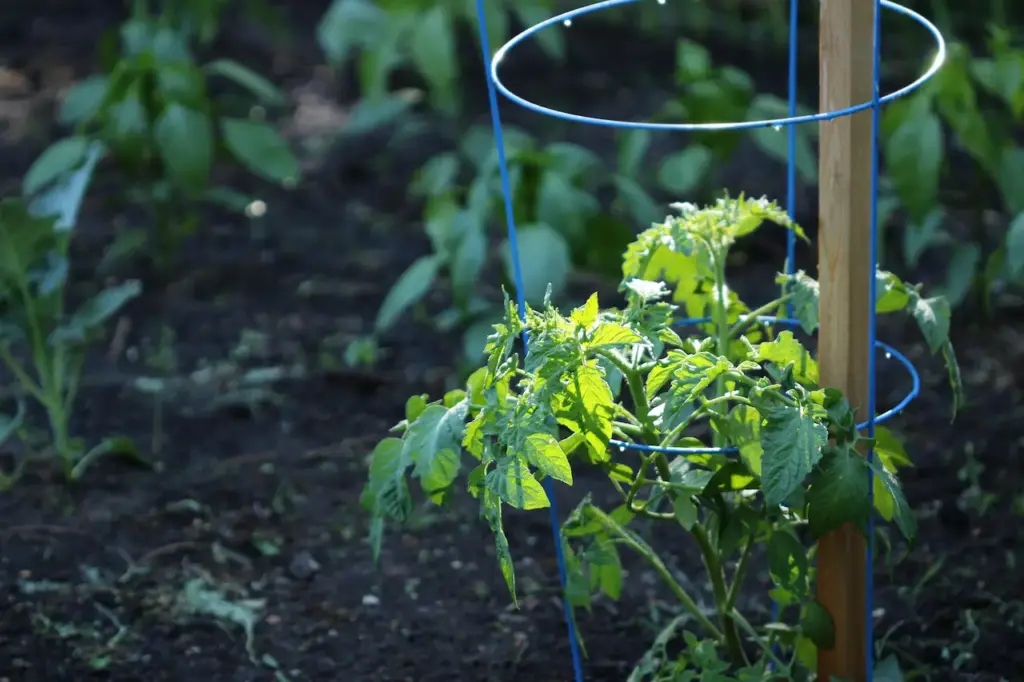
A Garden Cage Serves Several Purposes:
- Support: A garden cage is primarily used to support the growth of plants such as tomatoes, cucumbers and peas. It prevents the plants from bending or breaking and laying on the ground. This can cause damage to the plant as well as reduce its yield.
- Protection Cages offer protection against pests such as rabbits and deer and can prevent them from damaging plants.
- Organization: Cages are useful for organizing the garden by keeping plants within their designated areas. This makes it easier to maintain and manage.
- Vertical Growth: Cages are used to support vining plants like cucumbers or peas. This allows the plants to grow vertically instead of horizontally and maximizes space.
- Longevity A well-built cage will last many seasons and provide consistent support. It is a cost-effective investment that can be used in the garden.
It’s now a simple matter of placing them around each plant in the garden bed so that, when both panels have been installed, they will form a cage-shaped structure with the plant in the centre.
To make the pieces neater, you can secure them with cable ties. I use four-inch ties. One at the top, another in the middle, and one toward the bottom. The panels are held firmly together, and the seamless look is enhanced.
It’s that simple. These cages have a sturdy construction and are tall and wide enough to not crowd the plants but leave plenty of room for the other cages. If you want a cage that is even taller or wider, then a single panel can be used in its original dimensions.
After the season is over, remove the cable ties and separate the panels. Stack them neatly in a pile for the next season and many more years to come.
What do you think about it? What do you think? What would you change? I’d love to use all of the brainpower available. I am eager to hear what you think!

